Nissan Leaf 30 kWh
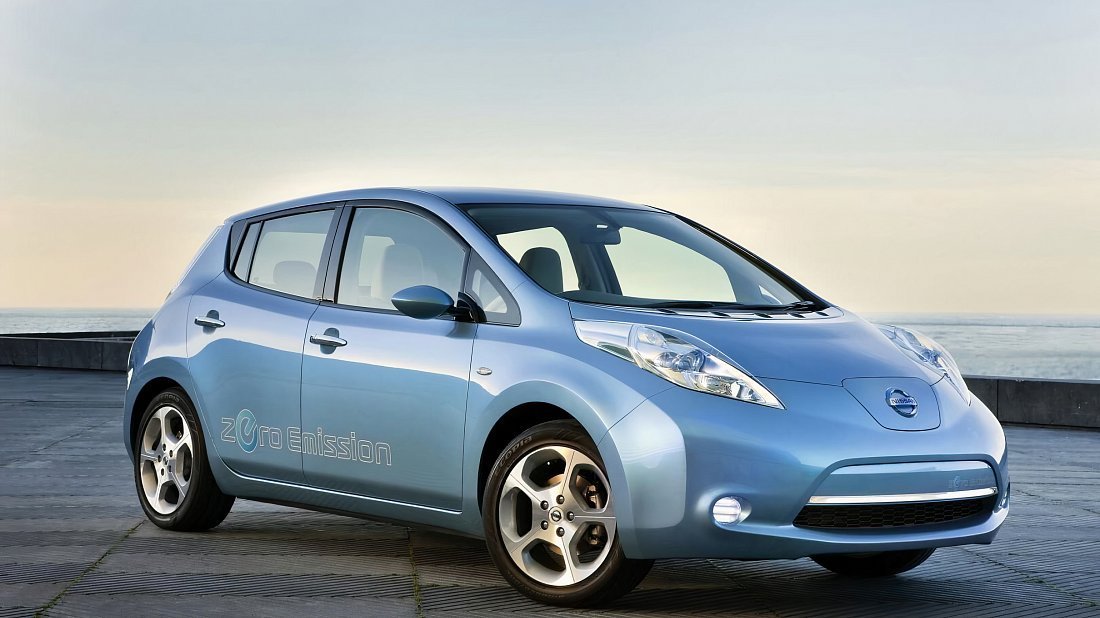
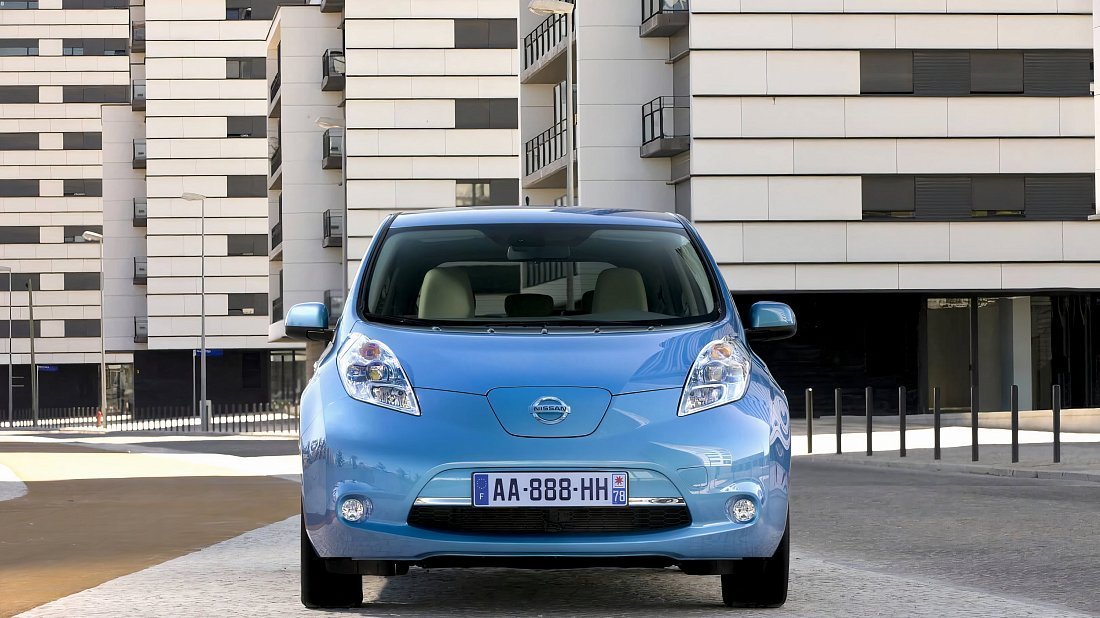

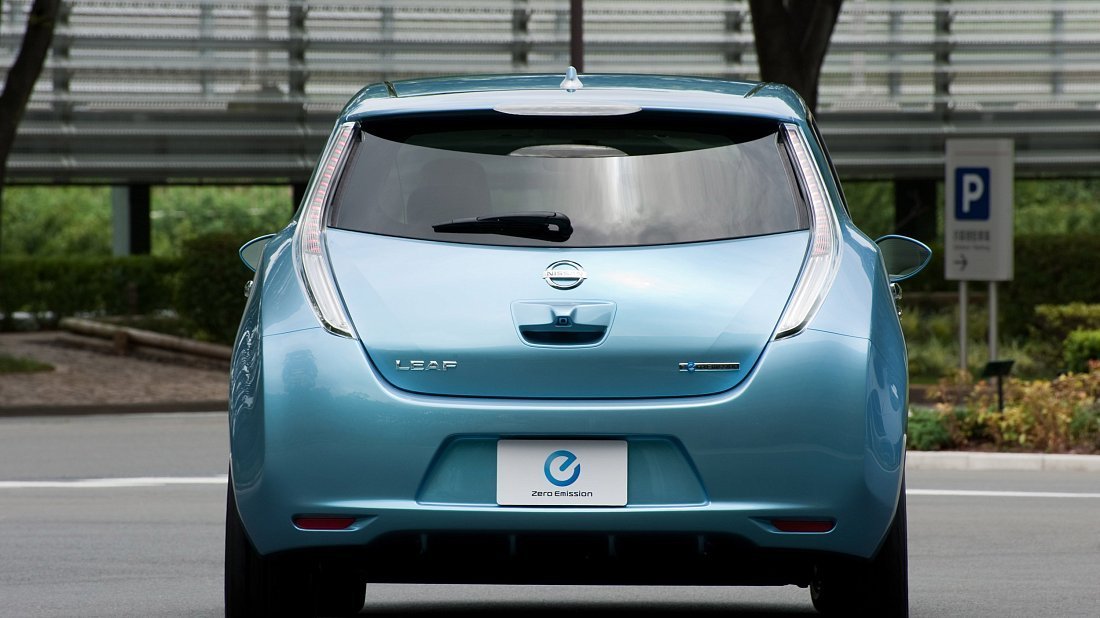

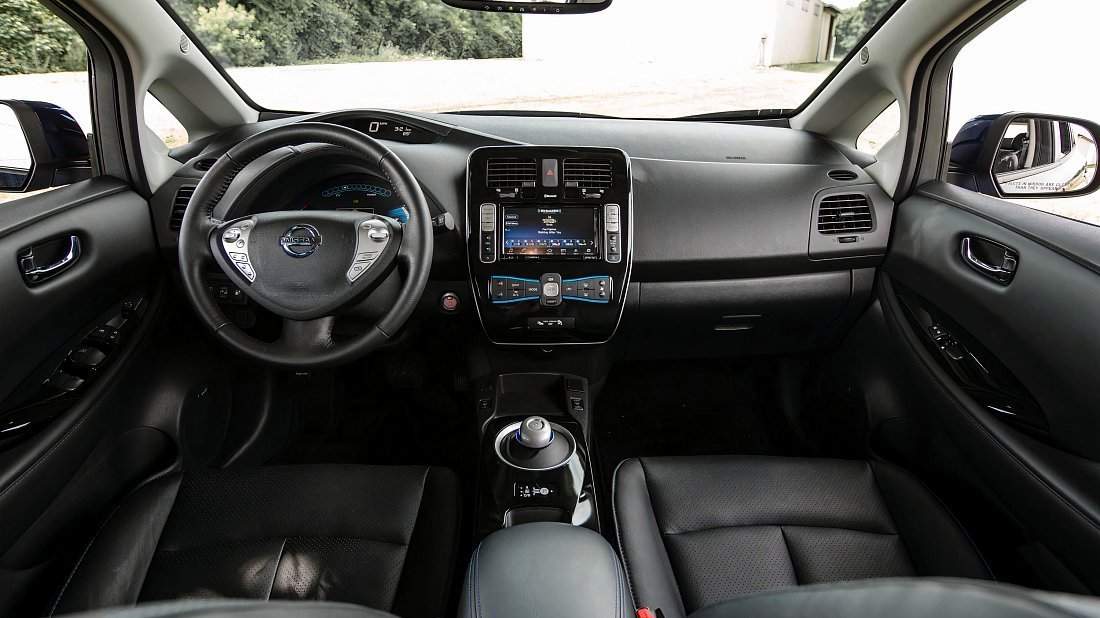
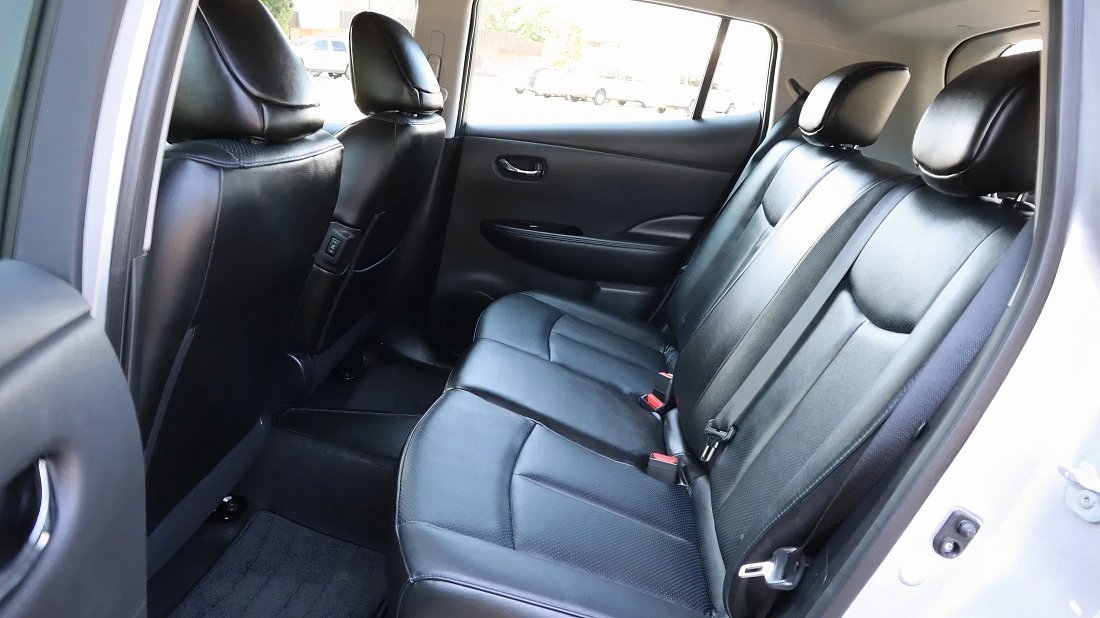
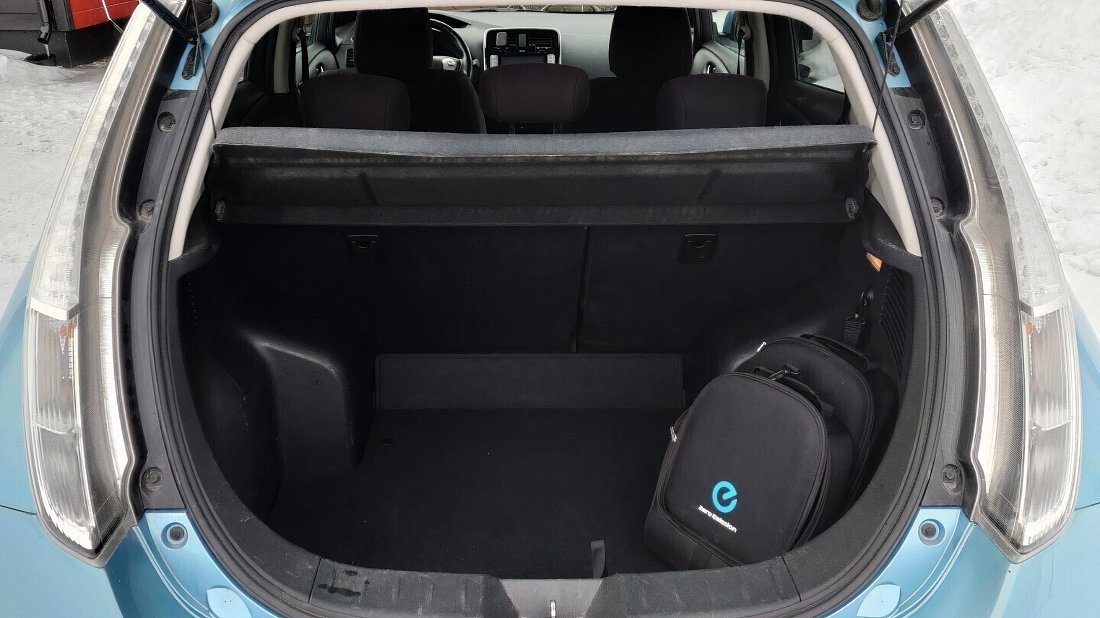

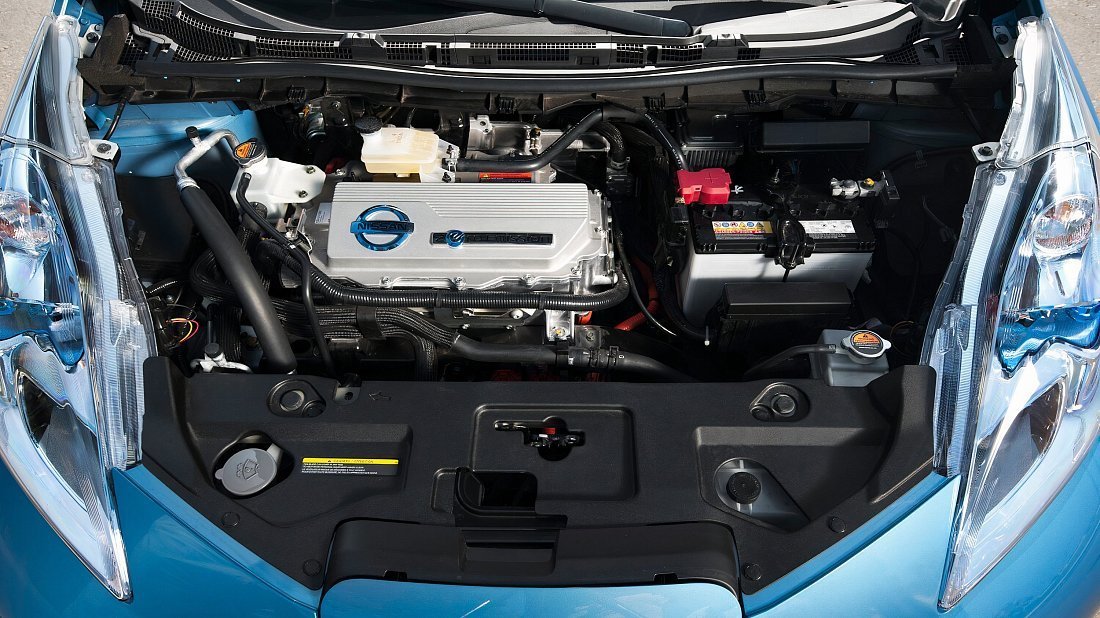
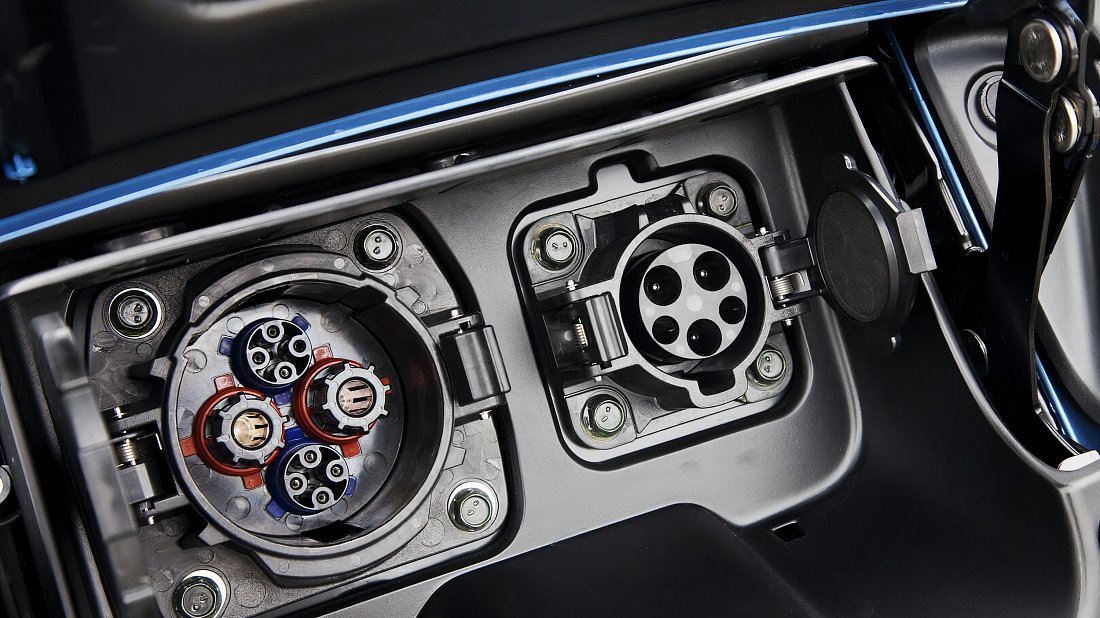
Overview
Main Overview Information
- Price Europe (New)
- No Data
- Price Europe (Used)
- €7.000
- Country of Manufacture
-
- Japan
![Japan Japan]()
- UK
![UK UK]()
- USA
![USA USA]()
- Japan
- Years of Production
- 2015-2018 (Discontinued)
- Body Style
- Hatchback
![]()
- Market Availability
- EU, USA
Pros and Cons
Reasons to Buy
- Highly affordable used
- Proven reliability
- Decent city range
- Top safety rating
- Practical hatchback
Reasons Not to Buy
- Limited highway range
- CHAdeMO charging port
- Dated infotainment
- Battery health concerns
- Slow standard AC
Overview
The 2018 Nissan Leaf 30 kWh represents the swan song of the pioneering first-generation electric hatch, offering a useful bump in range over its 24 kWh predecessor. It carved a niche as an accessible EV, and now as a used buy, it’s a proper bargain, with prices around €7,000 in the EU market. While the all-new second-gen Leaf also arrived in 2018, this 30 kWh model provided a proven, slightly more affordable entry point into zero-emission motoring. It’s a solid city runabout that helped pave the way for today’s EV revolution!
What's New for 2018?
For this specific first-generation Leaf 30 kWh, 2018 wasn't about new bells and whistles; it was its final curtain call as Nissan rolled out the all-new second-gen Leaf. The 30 kWh battery itself, introduced a couple of years prior, remained its key upgrade over earlier first-gen models, offering that crucial extra range. So, think of the 2018 30 kWh version as the most refined iteration of the original world-beater, benefiting from several years of production tweaks before it passed the torch. It’s a seasoned veteran, not a fresh recruit!
Design & Exterior
The first-gen Leaf’s distinctive, somewhat frog-eyed look is certainly memorable! Its bulging headlights were designed to channel air around the wing mirrors, a quirky but clever aero touch. The 2018 30 kWh model retained this unique hatchback silhouette. It rolls on practical alloy wheels, typically 16 or 17-inch depending on trim. Key dimensions are a city-friendly 4445 mm in length, 1770 mm in width, and 1550 mm in height. The charging port is neatly tucked away in the nose. It’s not a head-turner by 2024 standards, but it’s honest.
Interior, Tech & Cargo
Inside the 2018 Leaf 30 kWh, you'll find a functional and airy cabin, though the plastics feel a bit budget-conscious now. It comfortably seats five. For your luggage, there's a decent 370 litres of boot space, expanding to a useful 720 litres with the rear seats tumbled. No frunk here, sadly! Tech-wise, higher trims got the NissanConnect EV system with a 7-inch touchscreen and navigation, but don't expect Apple CarPlay or Android Auto – it’s a bit old-school in that department. The quirky gear selector is a talking point!
Performance & Driving Experience
Under the bonnet, or rather, floor, the Leaf 30 kWh packs an 80 kW PMSM motor, zinging out 254 Nm of instant torque to the front wheels. This translates to a 0-100 km/h dash in a respectable 11.5 seconds – nippy enough for city sprints! The driving experience is smooth, quiet, and easy-going, perfect for urban commuting. Its light steering and comfortable ride soak up bumps well. You get a 'B' mode for stronger regenerative braking, helping to claw back some energy, plus an 'Eco' mode to eke out every last kilometre.
Range, Battery & Charging
The 2018 Leaf 30 kWh boasts a usable 28 kWh battery, delivering a real-world range estimated at 175 km by Green Cars Compare – enough for daily drives. Efficiency is a solid 6.25 km/kWh. For charging, the provided data indicates a CHAdeMO port for DC fast charging and a Type 1 (J1772) connector for AC charging, though Type 2 for AC became common on many EU Leafs. Standard AC charging is 3.3 kW (around 8.5 hours for full), with an optional 6.6 kW upgrade cutting that to about 4.25 hours. A 50 kW DC charger zaps it to 80% in roughly 30 minutes.
Safety & Driver-Assistance Features
The first-generation Nissan Leaf bagged an impressive 5-star Euro NCAP safety rating, so it’s a safe bet for peace of mind. Standard kit included multiple airbags, ABS, and stability control. Depending on the trim level common in Europe like Acenta or Tekna, the 30 kWh model could be specced with a 360-degree Around View Monitor – super handy for parking! However, advanced driver-assistance systems like adaptive cruise control or comprehensive lane keeping assist weren't as prevalent as on the newer generation Leaf. Basic, but solid.
Warranty & Maintenance Coverage
When new, Nissan typically offered a 3-year/100,000 km basic vehicle warranty in Europe, with EV-specific components covered for 5 years/100,000 km. Crucially, the 30 kWh battery came with an 8-year/160,000 km warranty against significant capacity loss (often defined as dropping below 9 of 12 health bars). As a used buy, check the battery health carefully. Maintenance is a doddle compared to petrol cars – no oil changes! Just keep an eye on tyres, brakes, and the 12V battery. Generally, these are reliable workhorses.
Previous Generation
Next Generation
Similar Electric Cars
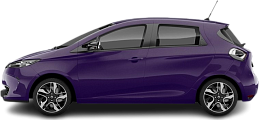
- Discontinued
- 2016-2019
- Real Range
- 286 km
- 0-100 km/h
- 13.2 s
- Price (Europe)
- €6.950
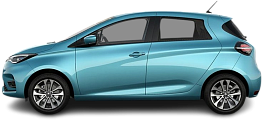
- Discontinued
- 2018-2022
- Real Range
- 266 km
- 0-100 km/h
- 11.4 s
- Price (Europe)
- €7.800
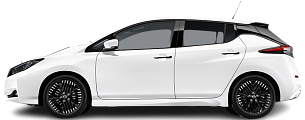
- Discontinued
- 2022-2025
- Real Range
- 336 km
- 0-100 km/h
- 7.1 s
- Price (Europe)
- €20.900

- Discontinued
- 2013-2015
- Real Range
- 125 km
- 0-100 km/h
- 8.4 s

- Discontinued
- 2014-2016
- Real Range
- 135 km
- 0-100 km/h
- 10.4 s
- Price (Europe)
- €9.600
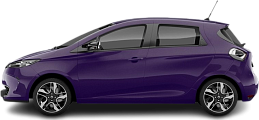
- Discontinued
- 2016-2019
- Real Range
- 286 km
- 0-100 km/h
- 13.2 s
- Price (Europe)
- €6.750





 Nissan Leaf 24 kWh (2013-2018)
Nissan Leaf 24 kWh (2013-2018)  Nissan Leaf 62 kWh (2017-2022)
Nissan Leaf 62 kWh (2017-2022)